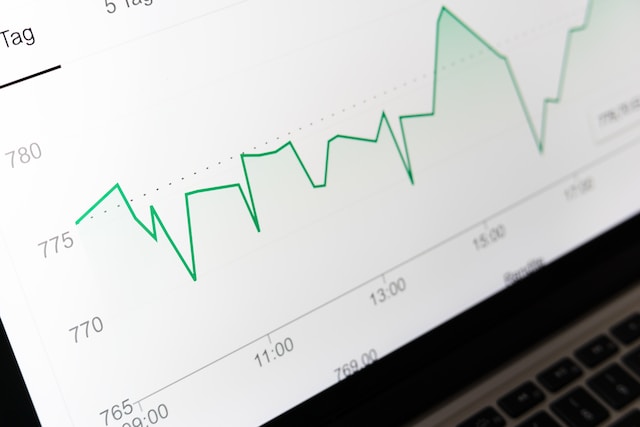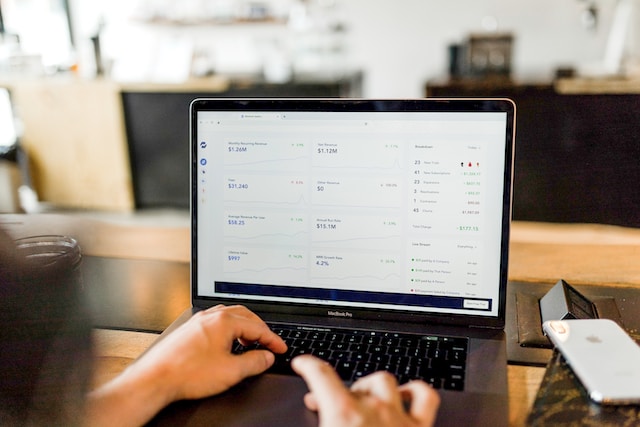Maximizing Your ROI through Targeted Digital Ad Campaigns
Maximizing Your ROI through Targeted Digital Ad Campaigns
In today’s competitive digital landscape, running ads without precision is like shooting arrows in the dark. With rising ad costs and shorter attention spans, businesses must shift toward targeted digital ad campaigns that focus on performance, not just reach.
Whether you’re advertising on Google, Meta, LinkedIn, or programmatic platforms, the ability to deliver the right message to the right audience at the right time is the single most important driver of ROI.
Why Targeting Is the Future of Digital Advertising
Broad ad campaigns may generate traffic, but they rarely lead to high conversion rates. Instead, targeted digital ad campaigns leverage audience data, behavior, and intent to connect with users who are most likely to take action.
Benefits include:
-
Lower cost-per-click (CPC) and cost-per-acquisition (CPA)
-
Higher relevance scores = better ad placement
-
Improved engagement and customer lifetime value
-
Better A/B testing insights from focused segments
Targeting isn’t about limiting reach—it’s about maximizing impact.
Key Components of Targeted Digital Ad Campaigns
To build successful targeted digital ad campaigns, make sure your strategy includes:
1. Clear Campaign Goals
Every ad campaign must have a defined goal:
-
Lead generation
-
Product sales
-
App downloads
-
Awareness or brand lift
This goal determines your creative, budget, and platform choice.
2. Laser-Focused Audience Segmentation
Use first-party and third-party data to segment your audience by:
-
Demographics (age, location, income)
-
Behavior (site visits, past purchases)
-
Interests (based on content consumption)
-
Stage in the funnel (awareness, consideration, decision)
The more accurate your segmentation, the better your ROI.
3. Platform-Specific Targeting Tools
Each ad platform has unique targeting features:
-
Google Ads: Custom Intent, Affinity Audiences, Location targeting
-
Facebook/Instagram: Lookalike audiences, Pixel-based retargeting
-
LinkedIn Ads: Company size, job title, industry targeting
-
YouTube: Placement and in-market targeting
Use platform strengths to your advantage when building your targeted digital ad campaigns.
4. Data-Driven Creative
Once you know your audience, tailor creative assets that speak directly to them.
For example:
-
Pain-point focused headlines
-
Benefits-first visuals
-
Strong CTAs tailored to the funnel stage
Bold Tip: Dynamic creatives that change based on user profile data can drastically increase relevance.
How to Maximize ROI with Targeted Digital Ad Campaigns
Follow this proven framework to boost your campaign ROI:
Step 1: Set SMART Goals
Make sure your campaign objectives are:
-
Specific
-
Measurable
-
Achievable
-
Relevant
-
Time-bound
Step 2: Build Custom Audiences
Start with high-performing sources like:
-
Email lists
-
Website traffic (via pixels)
-
CRM segments
-
Social followers
Then use tools to build lookalike or similar audiences for scale.
Step 3: Create Campaign Variants
Split campaigns by:
-
Audience group
-
Device (mobile/desktop)
-
Creative angle (testimonial vs. offer vs. demo)
This allows easier performance analysis and budget allocation.
Step 4: Implement Conversion Tracking
You can’t improve what you don’t measure. Use:
-
Google Tag Manager
-
Facebook Pixel
-
Offline conversion import (for CRMs)
Make sure your targeted digital ad campaigns track full-funnel metrics—not just clicks.
Step 5: Optimize Continuously
Refine your campaigns based on:
-
CTR (Click-Through Rate)
-
Conversion Rate
-
ROAS (Return on Ad Spend)
-
CPL or CPA
Pause underperformers and scale winners weekly.
Common Mistakes to Avoid
Even smart marketers make these missteps:
-
Over-targeting: Creating audiences that are too narrow can limit reach
-
No testing plan: Running one ad set without variations wastes data opportunities
-
Ignoring creative fatigue: Even strong ads lose effectiveness over time
-
Focusing on vanity metrics: High impressions don’t mean high ROI
-
Neglecting retargeting: 70% of users who don’t convert on first visit can still be won back
Tools to Supercharge Your Targeted Ad Campaigns
-
Google Ads Editor – for bulk edits and offline planning
-
Facebook Ads Manager – for deep segmentation and performance breakdowns
-
AdEspresso – to A/B test ad creatives on Meta platforms
-
Segment – to unify audience data across platforms
-
Supermetrics – for ad data visualization in Google Sheets or Looker Studio
Internal Link Placeholder: [Read our full guide on Google Ads Conversion Tracking]
External Link Placeholder: Visit Meta for Business Ad Tools
The Power of Retargeting in ROI Optimization
One of the most effective targeted digital ad campaign techniques is retargeting—showing ads to users who previously interacted with your brand.
Benefits include:
-
Lower CPC
-
Higher conversion rates
-
Warmer audience trust
Combine retargeting with timed messages and platform frequency caps to avoid fatigue.
Case Study: How One Business Cut CPA by 40% Using Targeting
A SaaS company segmented their ad campaigns by funnel stage—cold leads saw value-driven content, while warm leads got trial offers.
By aligning messaging to intent and using targeted digital ad campaigns, they:
-
Improved ROAS from 2.1x to 3.8x
-
Lowered cost-per-lead by 40%
-
Increased signups by 73% within 60 days
Final Thoughts: Smart Targeting = Smart Spending
The days of broadcasting ads to everyone are over. To win in 2025 and beyond, your campaigns must be laser-targeted, performance-optimized, and audience-aligned.
By implementing the strategies above, your targeted digital ad campaigns will work smarter—not just harder—and deliver the kind of ROI your business deserves.
Maximizing Your ROI through Targeted Digital Ad Campaigns Read More »



